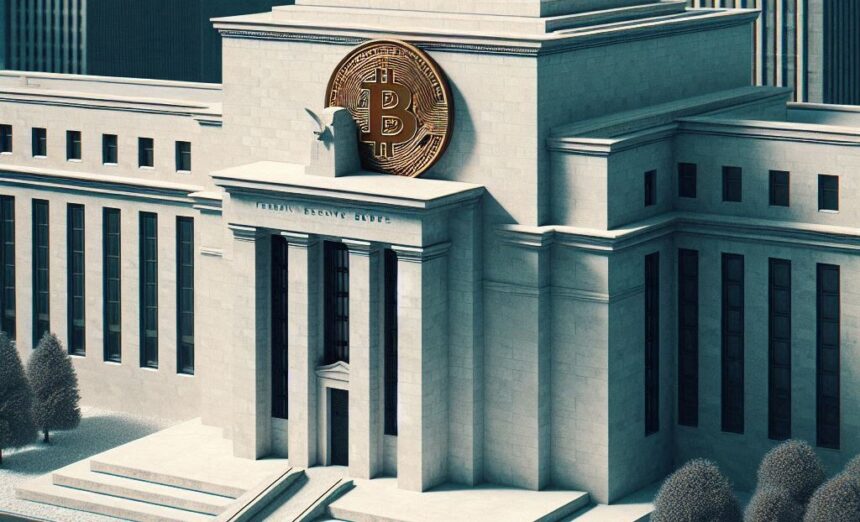Banks increased their overnight repo operations to the Federal Reserve to $29.4 billion, the highest daily level in nearly five years. The aforementioned methods are methods used by the FED to inject short-term liquidity into the system, which could impact Bitcoin (BTC).
These techniques consist of operations in which the Fed provides liquidity in exchange for collateral, such as agency-backed mortgage-backed securities, Treasury bills, Treasury bills, and Treasury bills, which are then repurchased the next day. An increase of this magnitude reflects real-world growth in demand for liquidity. Turbulence in money markets is a sign of strain in the financial system.
Open market operations (overnight repos) are intended to adjust the amount of reserves in the banking system and keep the federal funds rate (the interest rate that banks charge each other for overnight loans) within a range established by the Federal Open Market Committee (FOMC). The latter is the Fed agency responsible for determining monetary policy.
Since 2019, the Fed has normalized the use of repos as a liquidity tool to complement so-called quantitative easing techniques. That is, the group purchases large amounts of financial assets to inject liquidity into the economy, lower long-term interest rates, and stimulate investment.
Nevertheless, The last similar peaks were recorded in the third and fourth quarters of 2019. Jerome Powell’s organization had to step up interventions in 2020 to limit pressure on the financial system.
This phenomenon is being repeated today, just days after the Fed cut interest rates by 25 basis points and adopted a moderately restrictive stance regarding future expectations, as reported by CriptoNoticias.
Although Chairman Powell has vowed that there is no guarantee of further rate cuts and that the Fed will remain “flexible” based on economic indicators, the numbers could catch the attention of experts as market participants borrow record amounts.
FED maneuvers will impact Bitcoin
In a similar situation, some investors are turning to Bitcoin as a hedge, although there is no direct causal relationship.
It is worth noting that the creation of Satoshi, with supply limited to 21 million units and independence from the central bank, meant that for many people It serves as a solid refuge from uncertainty.
As the analyst known by the pseudonym Bull Theory X points out:
“Crypto markets have yet to react as confidence remains low after the October crash and large investors are recouping losses. But this is exactly what early liquidity looks like: quiet and restless, but full of latent energy. Whenever the Fed faces a cash crunch, it chooses liquidity, and once liquidity returns, Bitcoin will likely follow,” Bull Theory commented.
Another market analyst said this macroeconomic background explains exactly why the decentralized model of cryptocurrencies is more attractive in a situation where traditional finance is unstable.
On top of that, Sudden moves by the FED tend to create volatility in traditional marketsthis effect has historically been reflected in digital assets as well. Although there is no automatic relationship, if US banks face liquidity constraints and the Fed steps in to compensate, BTC will tend to attract investment flows as a potential hedge against dollar pressure.
At the time of this writing, Bitcoin is trading at around $110,000. If they have it, the effect of this liquidity injection is a lagging effect on price.
(Tag Translate)Bitcoin (BTC)


